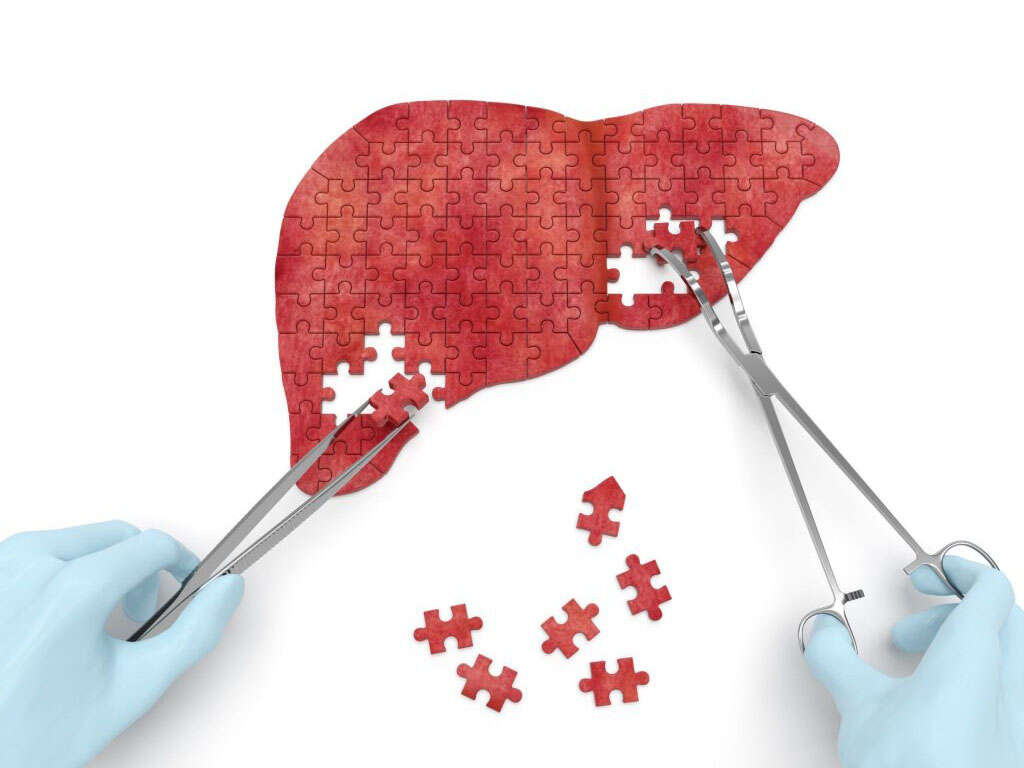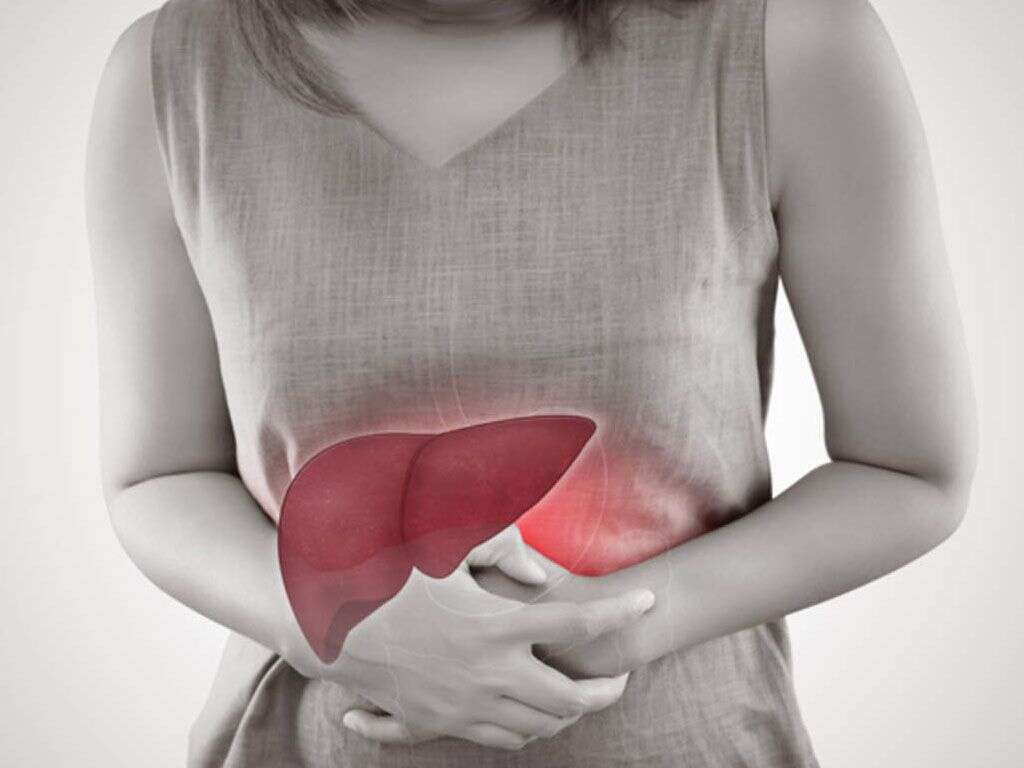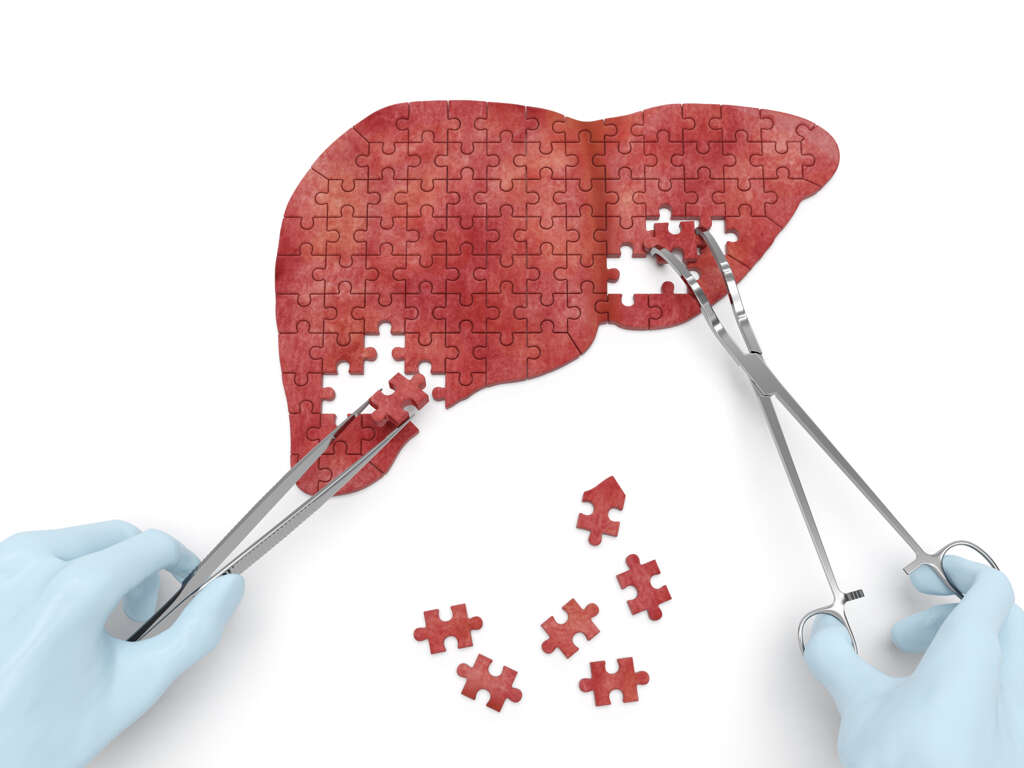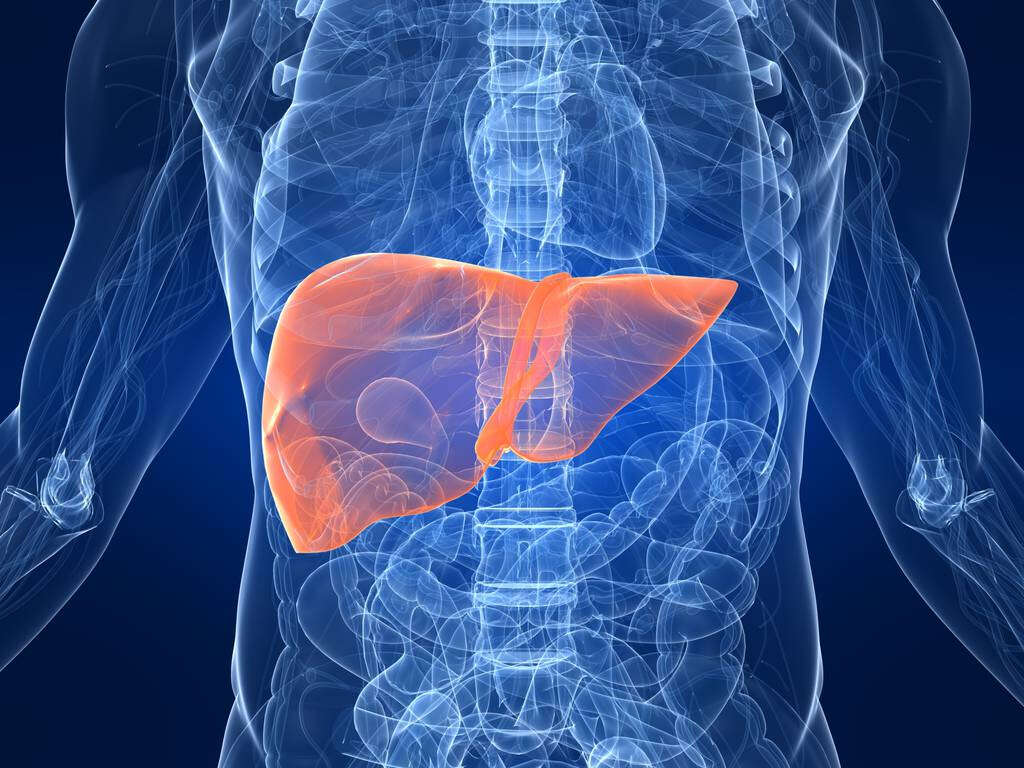What Is Cirrhosis?
7. What Is the Prognosis After Diagnosis?
If diagnosed early, care can be taken to slow the progression of damage. This allows your liver to resume normal function, and the prognosis is often very good. However, a later diagnosis can mean that irreparable damage has been done. In that case, steps must be taken to prevent further damage. Once the liver starts to fail, a transplant is the only successful treatment.
Some common complications that may develop from cirrhosis include malnutrition, swelling of the legs, increased blood pressure and an enlarged spleen. As liver function decreases, jaundice may set in. This most commonly manifests as a yellowish tinge to the skin or eyes. A diagnosis of cirrhosis also increases your chance of developing liver cancer and certain bone diseases.
Advertisement












